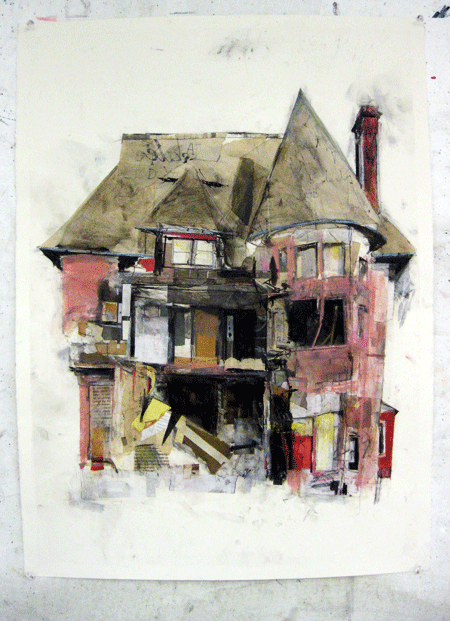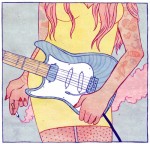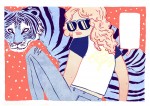It would seem this is more than just a passing fancy, it looks like I’m working up to an abecediary of collective nouns. Today, cats. Or more specifically, a clowder of cats. Looking at online etymological sources, clowder comes from clutter, which comes from clot. I suppose a clot of cats would sound less appealing – clowder it is.
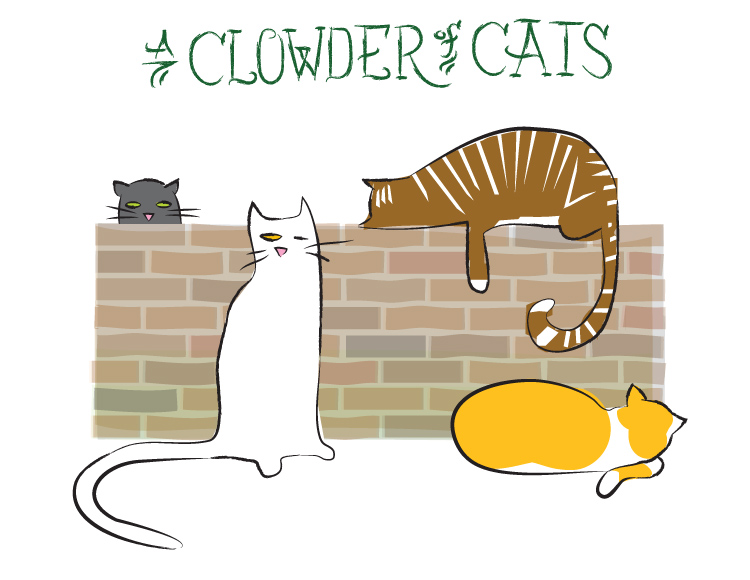
I am told through the Book of Faces that today is actually World Cat Day, making this a particularly appropriate collective noun choice.
Again, with the collective nouns. A group of otters is a “bevy”. When you see otters flying around in the water as they play like a bunch of nutbags it’s kind of hard to take them seriously. That said, the Spanish name for the giant otter is lobo de río, “river wolf”. That’s pretty hardcore.
Collective nouns are interesting. You know, like a flock of sheep, a pod of whales, a school of fish… A group of tigers is called an ambush. Whaddaya know.
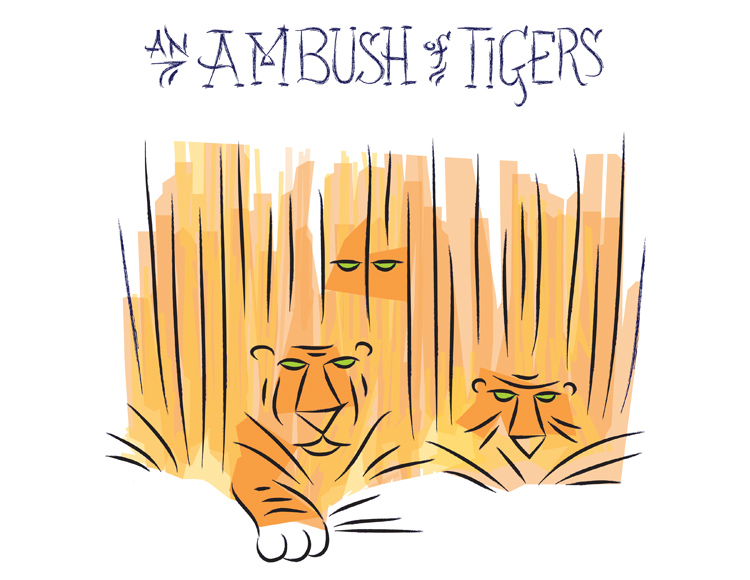
I was pretty excited to find Seth Clark’s work. He’s a mixed-media / collage artist from Pittsburgh who has been working on a series about collapsing and abandoned buildings for some years.
I really like abandoned buildings. There’s something about a space that was once somebody’s home or workplace that not only stands empty but is falling apart that makes you think of the transience of things. All that life a used building is infused with, just gone as the materials slowly deteriorate.
All the energy and care devoted to that space vanishes quickly with the incursions of nature. It all happens surprisingly quickly – a couple of broken windows, some winter snow gets in, and the next thing you know, the whole place is falling down. Clark captures that fragility.
Subject matter aside, from a craft perspective I really like Clark’s approach. he gets a real variety of marks and lines with all the different media he uses in his work and somehow I find that it lends a kind of verité to the mixed quality of architecture. In a sense it’s like 2-D models more than drawing, though Clark’s drawing skills are quite strong – his renderings look almost photographic until you look more closely. 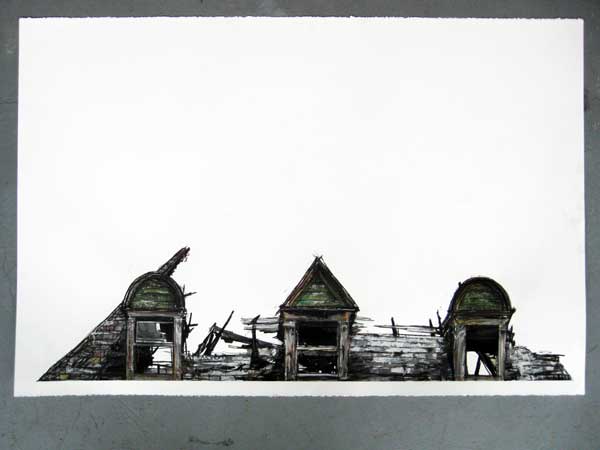
More of Clark’s work can be seen on his website or on his Facebook page.




